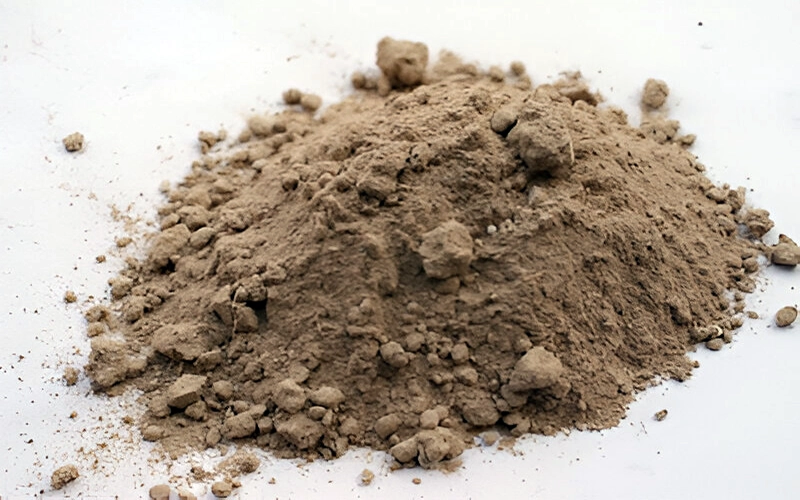Tundish plaster is a specialised refractory coating applied to the inner surface of a tundish, which serves as an intermediate vessel in continuous steel casting. The primary purpose of tundish plaster is to provide thermal insulation, protect the tundish lining, and ensure smooth, clean steel flow from the ladle to the mold. It plays a vital role in enhancing steel quality, reducing refractory wear, and improving casting efficiency.
Typically composed of refractory materials such as magnesite, alumina, silica, and various bonding agents, tundish plaster is designed to withstand the extreme temperatures and chemical environments present during molten steel handling. It is applied as a slurry, which is then dried and sometimes sintered to form a uniform, insulating layer over the tundish’s working lining. This plaster layer acts as a sacrificial coating, which can be easily removed or replaced between casting sequences, extending the service life of the permanent refractory lining.
One of the most important functions of tundish plaster is thermal insulation. By reducing heat loss through the tundish walls, the plaster helps maintain the temperature of the molten steel, ensuring a stable casting process and reducing the risk of steel solidification within the tundish. This thermal efficiency is crucial for producing uniform, defect-free billets or slabs.
In addition to insulation, tundish plaster also prevents steel re-oxidation and contamination. By covering the tundish surface, it minimises contact between molten steel and the base refractory materials, which might otherwise react and introduce unwanted elements into the steel. A smooth, even plaster coating promotes laminar flow and reduces turbulence, helping to control the movement of inclusions and promoting better steel cleanliness.

Tundish plaster can be tailored to specific operational needs. For instance, fast-drying plasters are used when quick turnaround times are necessary between heats. Some plasters incorporate exothermic additives to provide additional heat, while others may be designed for easy release after use, aiding in faster tundish turnaround.
In conclusion, tundish plaster is an essential component in modern steelmaking, offering a cost-effective way to protect refractory linings, maintain steel temperature, and improve product quality. Its proper selection and application directly impact the efficiency of the continuous casting process, making it a critical material in metallurgical operations.
Tundish plaster is mainly composed of Mgo with minor amounts of Sio2 and impurities, with a grain size of less than 1 mm, inorganic or organic fibres to decrease density and provide porosity for insulation, plasticisers and stiffening agents and some other additions.

| Grade | MgO | Fe2O3 | Sio2 | AL2O3 | Cr2O3 | Cao |
|---|---|---|---|---|---|---|
| Low | 65% | 3.0% | 5% | 15% | 10% | 2.0% |
| Medium | 75% | - | 3% | 10% | 10% | 2% |
| High | 80% | 0.5% | 3% | 4% | 10% | 3% |
| Packaging | |||||
|---|---|---|---|---|---|
| Grain size | Bulk Density (Db) | Apparent Porosity (Po) | Temp. Limit of Application | Storage Limit | |
| 0-3mm | 1.7-2 g/cm³ | 37-47 Vol% | 1700°C | 6 months | |

© 2013 Vertix Co. All Rights Reserved. Leading Supplier Of Foundry & Metallurgical Materials